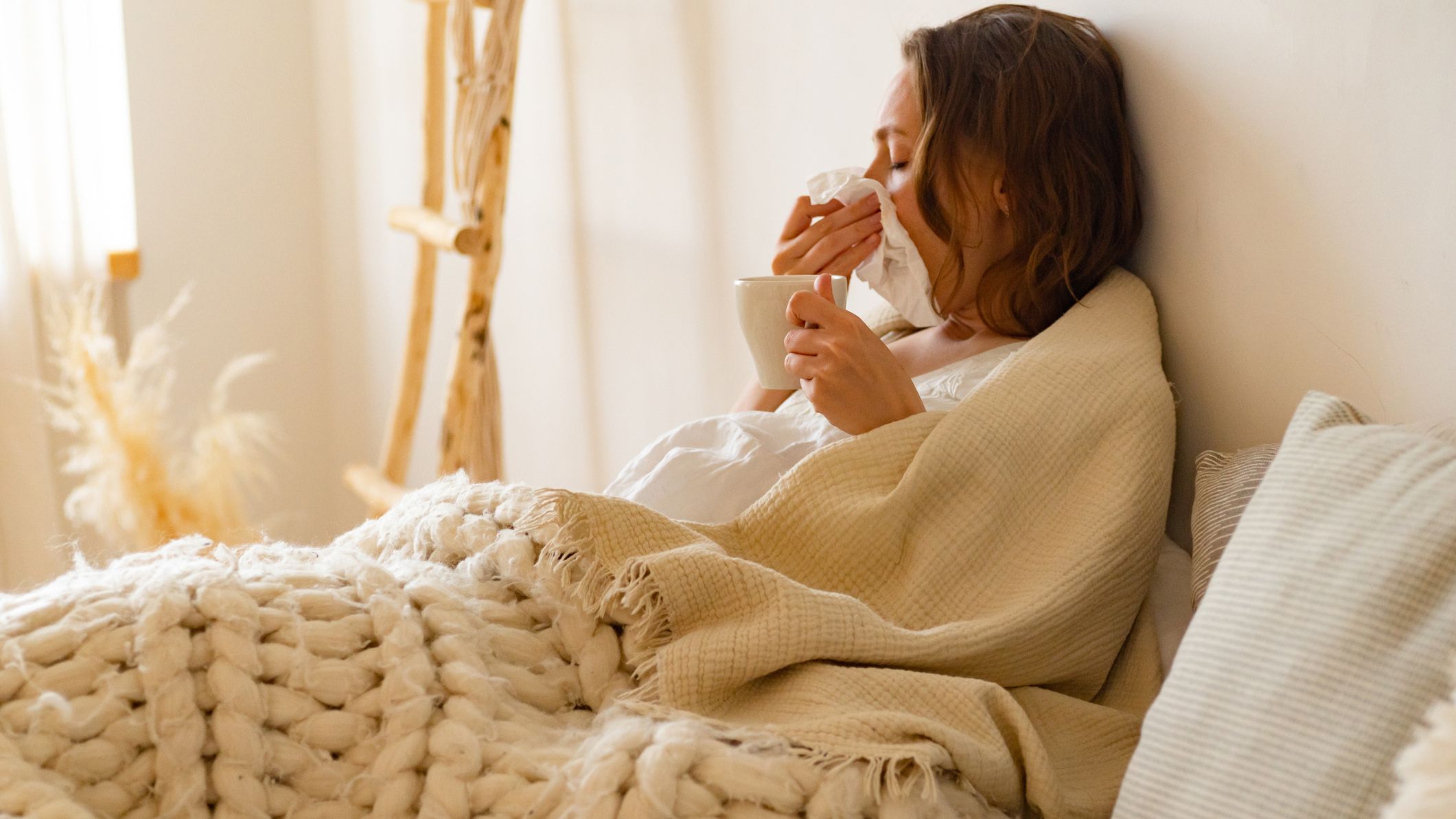As the seasons change, from summer to fall, some of us may find our sleep patterns are disrupted.
Shorter days and darker mornings can disrupt our circadian rhythms, leaving us struggling to get to sleep or wake up.
We explore exactly why the seasonal shift can wreak havoc on our sleep — from changes in light exposure to hormonal imbalances and how it impacts our energy, mood, and how much sleep we actually need.
To help you navigate these restless nights, we’ve spoken to two sleep experts, who share practical strategies to reset your body clock as we transition into the new season.
Why the season shift is ruining your sleep
1. Darker mornings
In the summer, we’re either waking up when the sun rises or it’s already up, which means waking up to darkness in the fall takes a while to adjust. Therapist and sleep expert Eliana Bonaguro explains she likes to “think of morning light as nature’s espresso shot for the brain.”
She adds that when mornings are darker, “melatonin secretion lasts longer, which in turn makes it harder to stay alert.”
So, how will it feel? “People often describe it as feeling groggy, even after a full night of sleep.”
2. Less time spent outside
When the weather isn’t quite as sunny, we naturally want to spend more time indoors; however, “Daylight is one of the strongest cues for our internal clock,” Bonaguro explains.
“Bright light during the day supports serotonin activity to boost mood and alertness, while darkness in the evening triggers melatonin release to promote restful sleep.”
Studies including this one in 2023 show that ‘light not only enables us to see fine detail, colour and motion, but also exerts non-visual effects on circadian rhythms, sleep and mood.’
While integrative sleep specialist at Helight, Ed O’Malley, adds that there’s strong research that shows the more “daylight we get each day, the better our bodies become at resisting the effects of artificial light at night – helping to strengthen our circadian rhythm.”
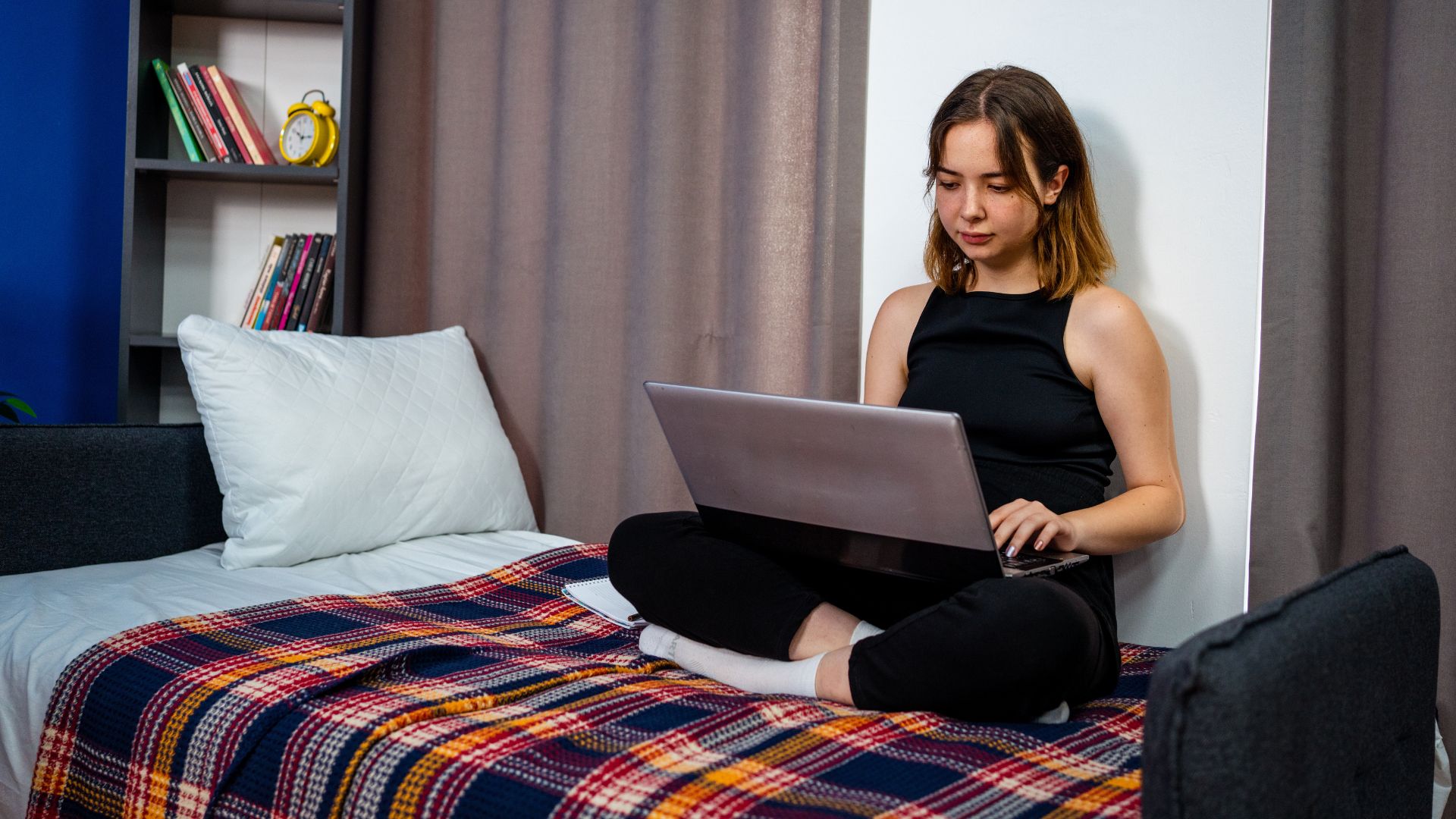
3. Seasonal affective disorder
If you’re sleeping more or experiencing sleep problems as the seasons change, you could have Seasonal Affective Disorder (SAD), a type of depression which is more prevalent in the darker, colder months when daylight hours are shorter.
Triggered by reduced exposure to natural sunlight, O’Malley adds that it “can affect many people, to some degree or other, during the darker months of the year,” and is a light-related depression which then weakens our internal sleep rhythms.
This includes lowering serotonin levels (affecting mood), and melatonin production, which affects how much we need to sleep.
Studies show that people with SAD could experience sleep problems such as sleeping up to two hours longer than normal.
While Bonaguro adds that SAD could make both “mood and sleep unstable. Some people oversleep, others can’t get deep rest. Shorter days can create significant disruption in our circadian rhythm and mood.”
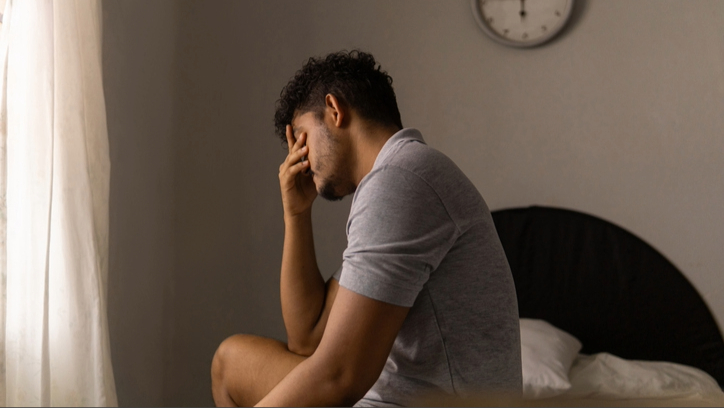
How to get better sleep during fall
With daytime hours getting fewer and fewer, here are three ways to get better sleep during the fall.
Keep a consistent sleep schedule
When seasons shift, you may find your bedtime and wake times shifting too, but the sleep expert explains that those “who stick to regular bedtimes and wake times usually feel less jet lagged when seasons change.”
So, why is this? “A steady schedule trains our body to expect rest at predictable times. Even when days shorten and external light cues weaken, the routine itself reinforces your circadian rhythm.”
This means sticking to the same bedtime and wake times even at the weekends. Otherwise, your circadian rhythm can be disrupted, normally leading to the dreaded ‘Sunday scaries’ — where sleep, however much we want it, doesn’t come, leaving us more tired.
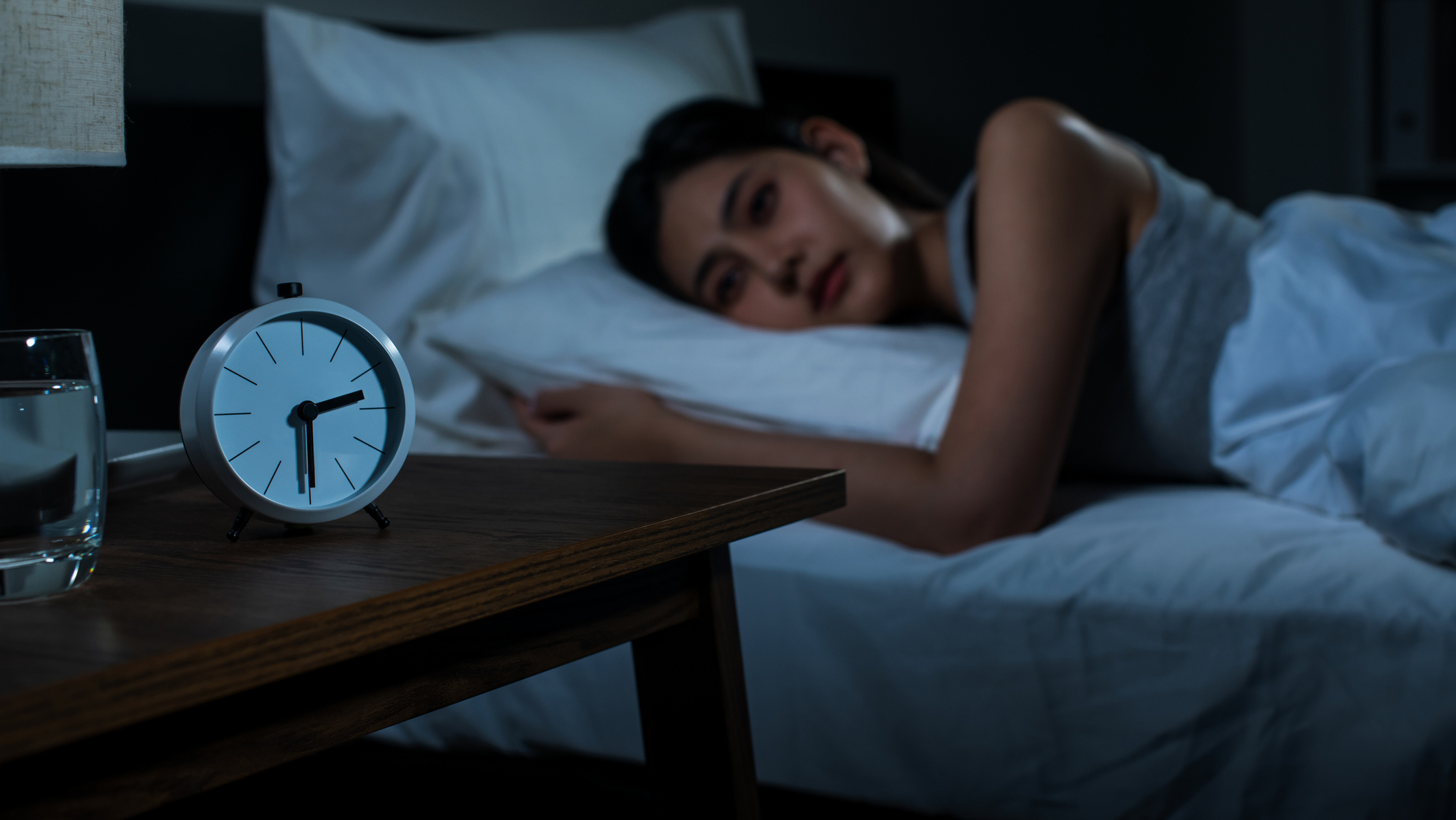
Get outside
Morning light exposure is pivotal, says Bonaguro “Sunlight exposure is linked to higher serotonin activity, the chemical that gives us energy and improves mood and anxiety, and it suppresses melatonin at the right time.”
She recommends aerobic activities, such as a 20-30 minute walk in the morning, as it “boosts serotonin levels, which in turn improve mood, lower anxiety, and decrease cortisol.
“It also makes us more alert during the day and more ready for sleep at night. It’s one of the simplest, most effective strategies for regulating sleep.”
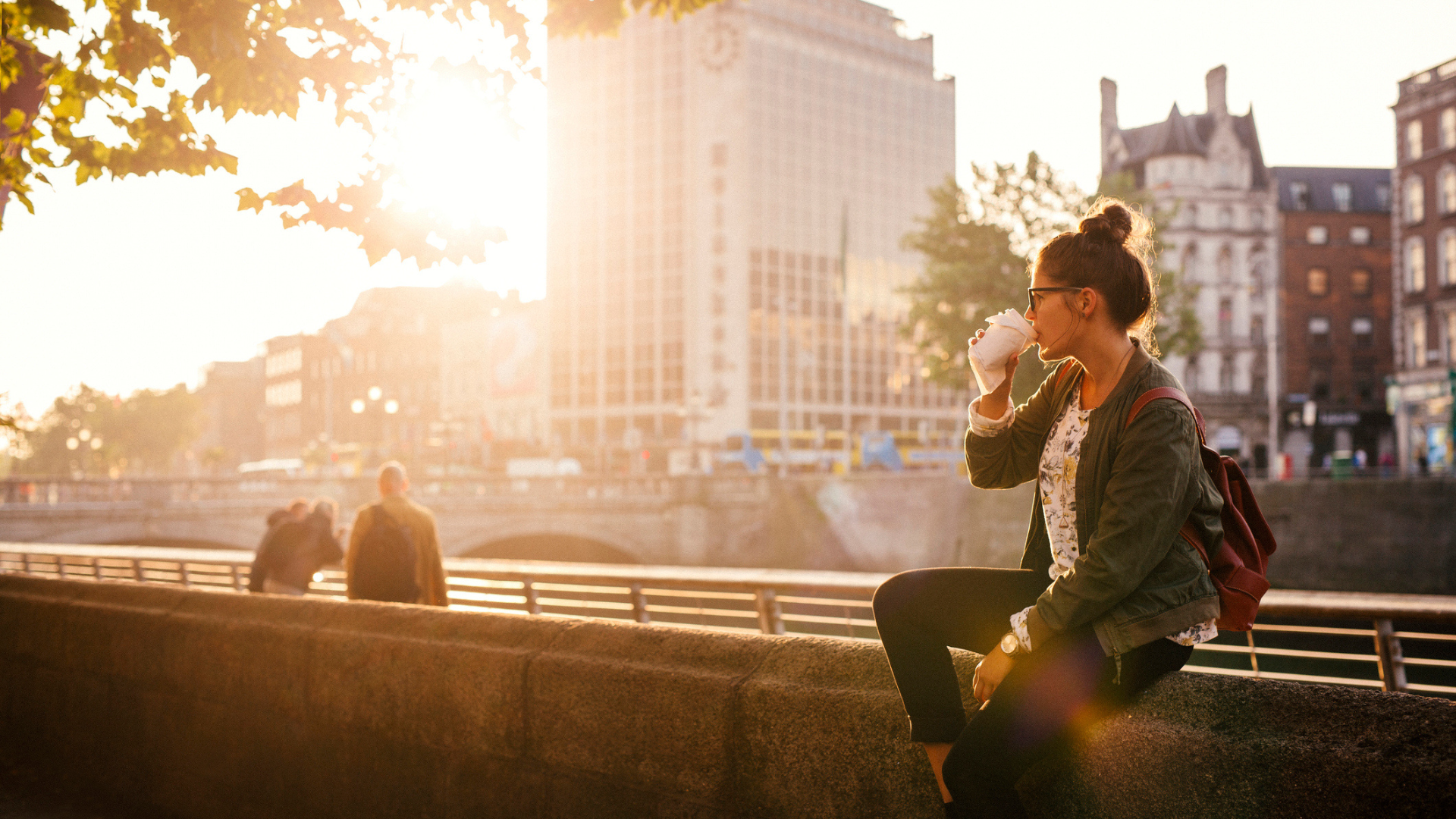
Invest in the right tech
If you’re experiencing symptoms of SAD, O’Malley explains that “exposing ourselves to artificial light that closely mimics natural daylight helps keep our circadian clock strong.”
This can be mimicked using “red light devices (like Helight) after sunset, limiting blue and bright light with blue-blocker glasses, and incorporating sunrise alarm clocks or SAD lamps during dark winter days.”
They help by supporting natural melatonin rhythms, making it easier to feel sleepy at your usual bedtime.
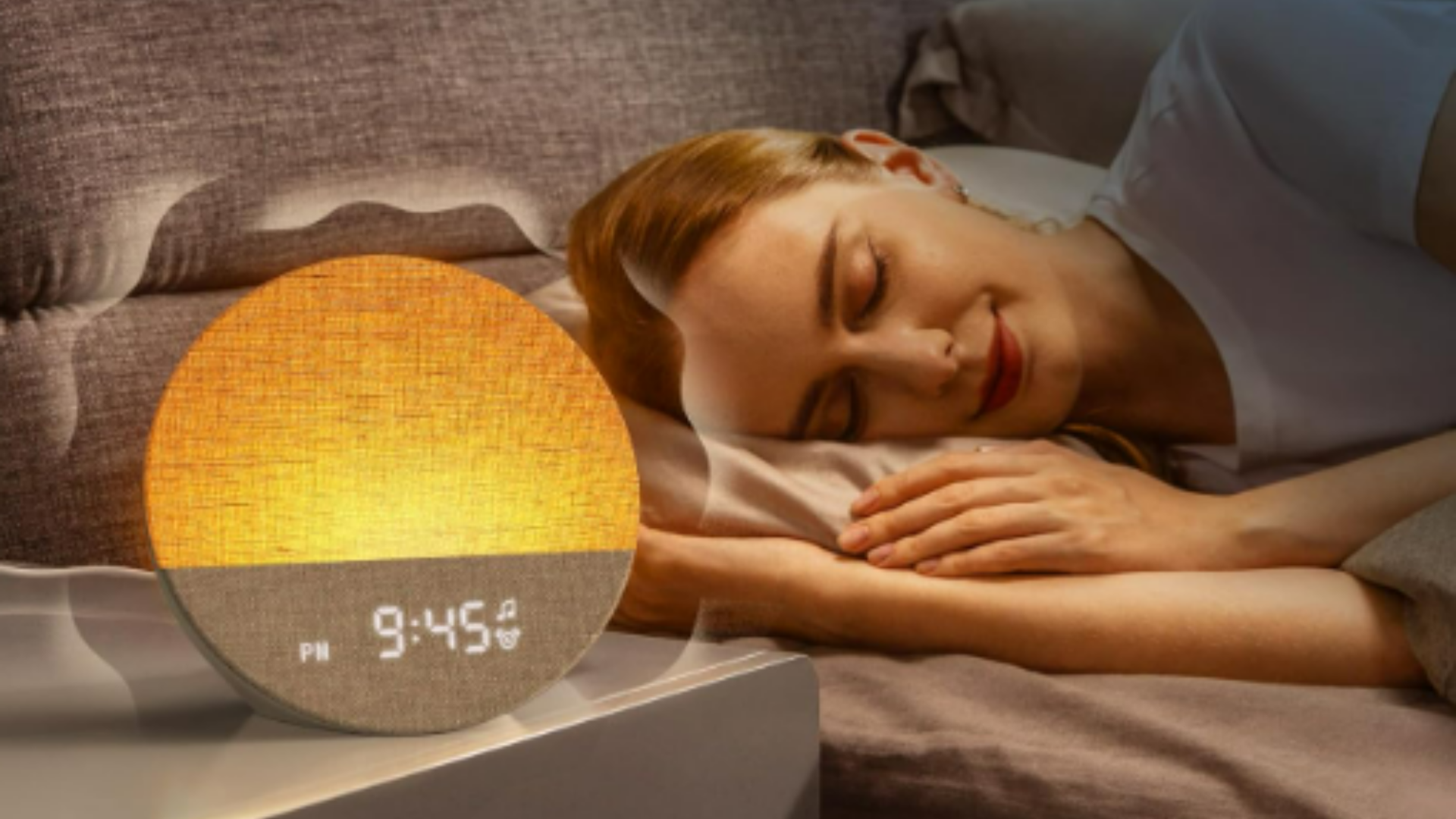
When do the clocks fall back?
If you’re in the US, clocks fall back an hour on the first Sunday of November, with UK clocks going back a week before this.
This time change disrupts our internal clock, with many comparing it to a jet lag sensation.
Want to beat the change? “One way to ease the transition is to shift bedtime by 15 minutes a night, leading up to the change,” explains Bonaguro.
While she adds that the real magic ‘isn’t just light or exercise – it’s the two together.’

